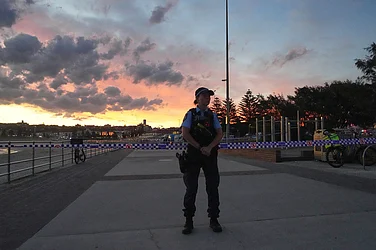A wearable ultrasound scanner is a flexible patch that connects to a bra and allows the wearer to move an ultrasound tracker along the patch to examine breast tissue from different angles. The images can then be examined for indications of cancer by a physician or other healthcare expert.
The possibility exists for wearable ultrasound scanners to assist in the early detection of breast cancer, when it is most treatable. This is because they can offer more frequent monitoring than conventional methods like mammography. Additionally, wearable ultrasound scanners may be used everywhere thanks to their portability, flexibility, and ease of use.
According to an MIT study, portable ultrasound scanners may create images with a resolution equivalent to that of ultrasound probes used in medical imaging centres. This means that they can detect small tumours that aren't apparent on mammograms.
The researchers are also concentrating on developing a smartphone-sized device that can produce high-quality images from the wearable ultrasound scanner. This would make it even more convenient to use the scanner at home.
Wearable ultrasound scanners have the potential to transform breast cancer detection. They may make it possible to test patients more frequently and detect smaller tumours earlier. This could lead to earlier treatment and improved outcomes for patients with breast cancer.
The following are some additional advantages of wearable ultrasound scanners:
They are more comfortable to wear than typical breast imaging devices.
People who are unable to travel to medical imaging centres can use them.
They can be used to track changes in breast tissue over time.
Although research on wearable ultrasound scanners is still in its early stages, these devices have the potential to make substantial strides in the early diagnosis of breast cancer.
What is a wearable ultrasound scanner, and how could it help detect breast cancer?
The scanner is a stretchy patch that fastens to a bra and lets the user move an ultrasound tracker along the patch to view the breast tissue from various perspectives. Doctors can then examine the photos to search for indications of cancer.

A wearable Ultrasound Scanner Device
A wearable Ultrasound Scanner Device
Published At:
MOST POPULAR
WATCH
MORE FROM THE AUTHOR
×














_.jpg?w=200&auto=format%2Ccompress&fit=max)






